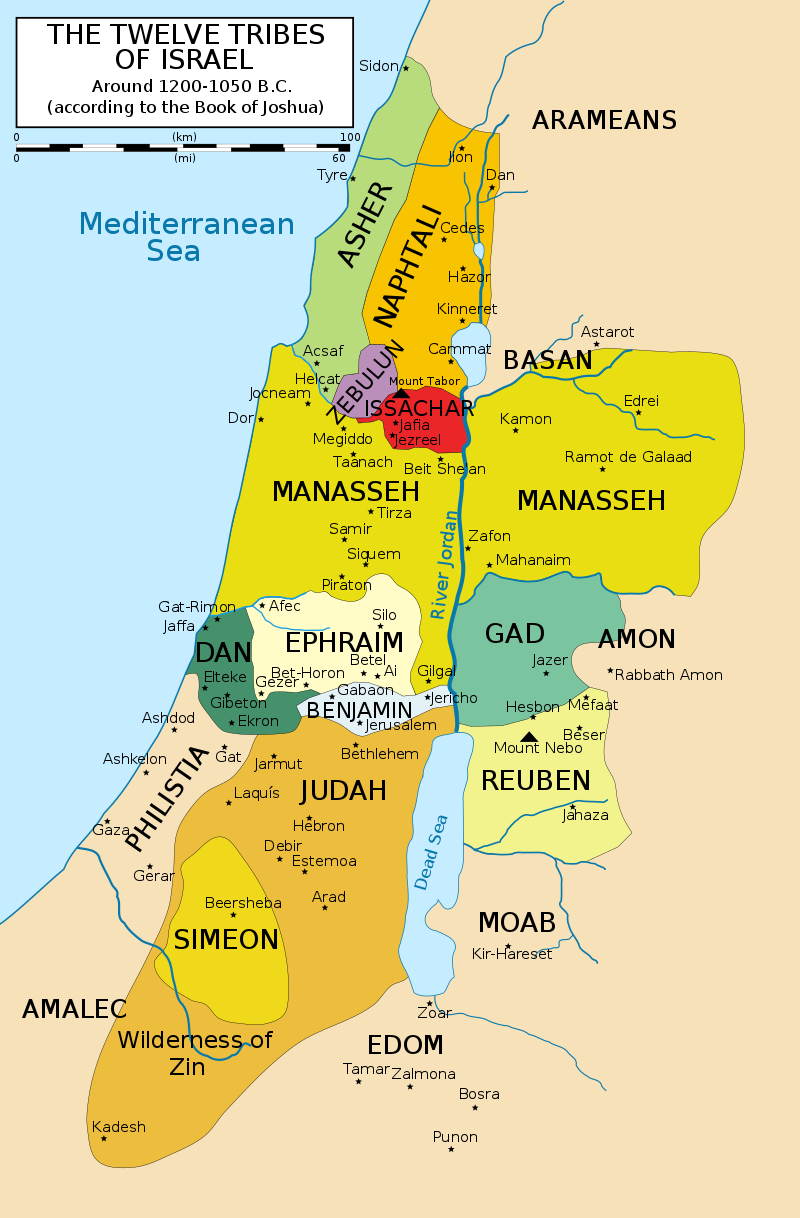What is…
Beth-horon
also known as: Bethoron, Bet Horon, Beit Horon and Betchora
Hebrew: בֵּית חוֹרוֹן —transliteration: Beyth Chowrown —meaning: place of a hollow, house of the hollow, house of hollowness, or house of the cavern —occurrences: 14 in Joshua, Samuel, Kings and Chronicles
This is the name of two towns or villages (2 Chronicles 8:5; 1 Chronicles 7:24) in the territory of Ephraim, on the way from Jerusalem to Joppa.
They are distinguished as Beth-horon “the upper” and Beth-horon “the nether.” They are about 2 miles apart, the former being about 10 miles northwest of Jerusalem.
Between the two places was the ascent and descent of Beth-horon, leading from Gibeon down to the western plain (Joshua 10:10-11; 18:13-14), down which the 5 kings of the Amorites were driven by Joshua in a great battle during the conquest of the Promised Land. This was the most important in which the Hebrews had so far been engaged, being their first conflict with their enemies in the open field.
Jehovah interposed in behalf of Israel with a terrific hailstorm, which caused more deaths among the Canaanites than did the swords of the Israelites.
When King Solomon rebuilt and fortified the city of Gezer, he also built (or rebuilt) two other cities not far from it: Beth-horon and Baalath (1 Kings 9:15-18).
Beth-horon is mentioned as having been taken by Shishak, 945 BC, in the list of his conquests, and the pass was the scene of a victory of Judas Maccabeus.
Compare: Exodus 9:19; 9:25; Job 38:22-23; Psalm 18:12-14;Isaiah 30:30.
Another name for these places is Beit-ur, distinguished by el-Foka, “the upper,” and el-Tahta, “the nether.” The lower was at the foot of the pass, and the upper, 500 feet higher, at the top, west of Gibeon.
Q & A
- Who is Joshua?
- What is The Promised Land?
- HAIL—What does the Bible say about it?
- About the miracles of the Bible, with comprehensive list
- What is Gibeon?
- Who is King Solomon?
 What are the Cities of the Bible? Names, descriptions, locations and types
What are the Cities of the Bible? Names, descriptions, locations and types- Places in the Bible
